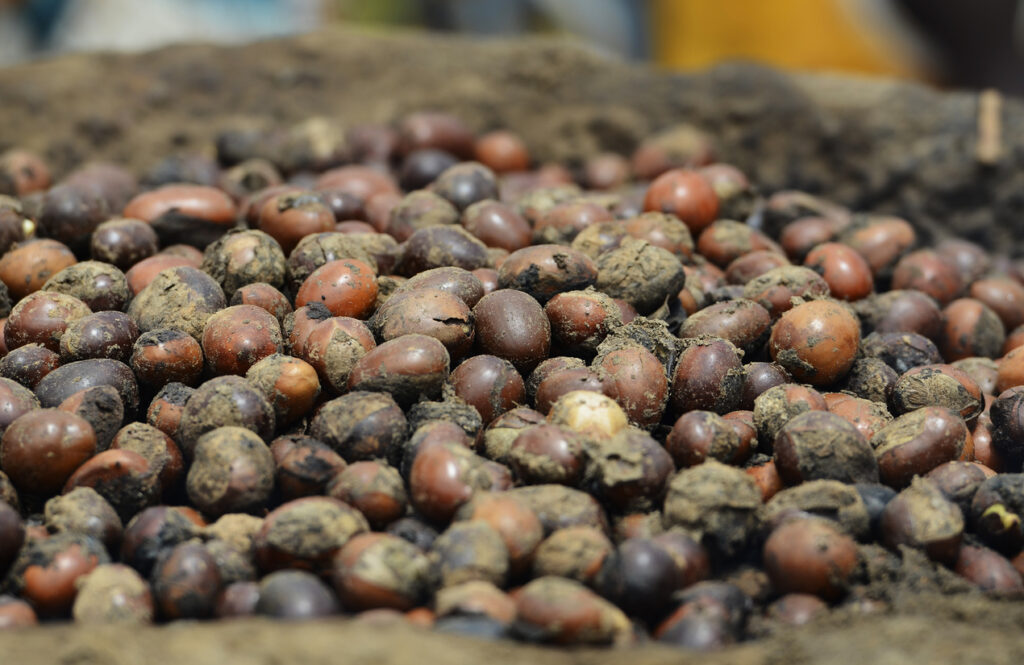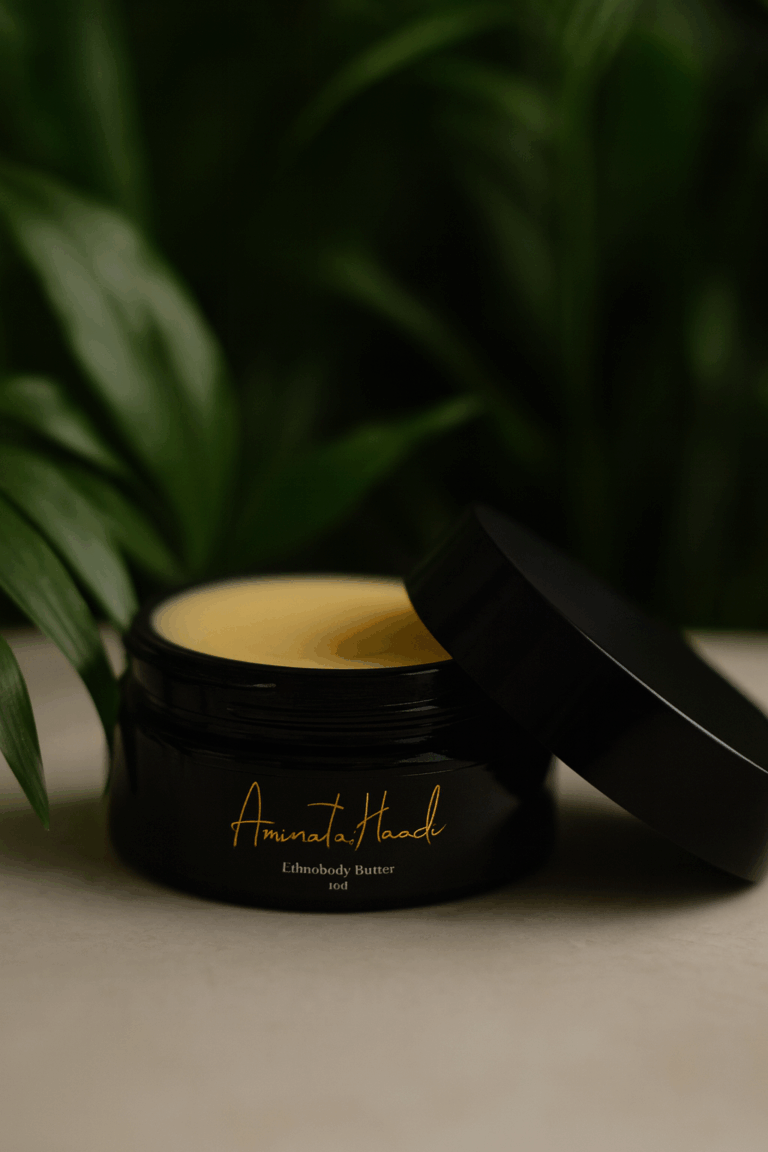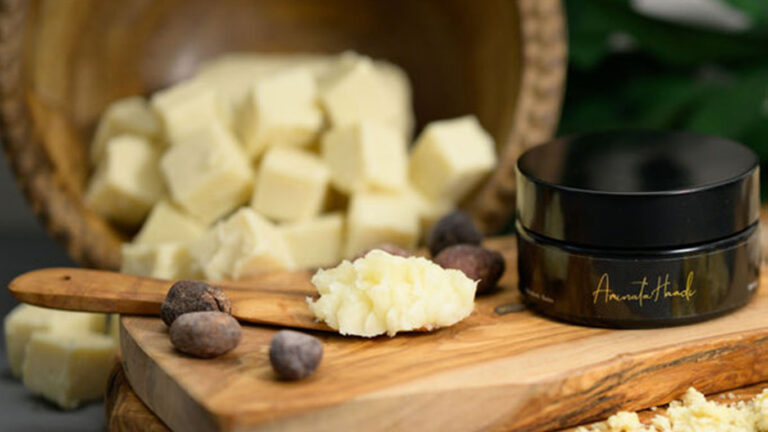Sustainability in Skincare: Why Ethical Sourcing Matters
Sustainability in Skincare: Why Ethical Sourcing Matters

Sustainability in skincare is more than a marketing label — it is a question of impact. Every ingredient, every harvest, and every product purchased shapes the lives of the people behind the supply chain, and reshapes the environment, the agriculture, the landscape. For brands and consumers alike, understanding what makes skincare truly sustainable is the difference between adopting a buzzword and practicing conscious beauty.
Eco Friendly vs Sustainable Skincare
The terms eco friendly and sustainable are often used interchangeably, but they are not the same. Eco friendly skincare focuses on reducing environmental harm — recyclable packaging, avoiding toxic chemicals, reduced carbon emissions.
Sustainability in skincare goes further. It considers long-term impact:
- Are the ingredients farmed or harvested in a way that preserves biodiversity?
- Do sourcing practices protect soil and water quality for future generations?
- Are local communities empowered economically and socially through fair wages?
This distinction matters. A product can be eco friendly without being sustainable. A recycled jar filled with an ingredient harvested under exploitative labor conditions, for instance, may be eco friendly in packaging but not sustainable in practice.
Fair Trade Skincare and Women’s Empowerment
One of the clearest ways sustainability intersects with skincare is through fair trade skincare initiatives. Fair trade standards ensure that farmers and workers receive equitable pay, safe working conditions, and community investment.
Take raw shea butter as an example. For centuries, women in West and East Africa have harvested and processed shea nuts. Fair trade agreements guarantee these women not only fair compensation but also access to resources like healthcare, education, and training that strengthen their independence.
When you choose a body butter or face balm made with fair trade shea butter, you aren’t just moisturizing your skin — you are contributing to a system that empowers women, sustains communities, and safeguards the future of an ingredient central to their heritage.
Ethical Skincare and Ingredient Integrity

Ethical skincare asks a simple but vital question: Where did this come from, and who was impacted along the way?
Consumers today want transparency, and rightly so. Consider a few examples:
- A body oil made with fair trade jojoba or sunflower supports farmers who prioritize soil health and biodiversity.
- Bakuchiol serum offers a plant-based alternative to retinol, reducing reliance on synthetic actives while maintaining skin efficacy.
- Madagascar vanilla in body butters and balms provides not only fragrance but also direct trade support for smallholder farmers on the island.
Choosing ethical skincare is not about indulgence — it is about aligning purchase decisions with values, ensuring that the luxury of wellness does not come at the cost of others’ wellbeing.
See: Aminata Haadi Ingredients Page for sourcing information.
How Sustainable Skincare Protects Communities and Ecosystems
The long-term effects of sustainable sourcing extend beyond individual products:
- Environmental Protection – Organic farming practices reduce chemical runoff, preserving local water supplies.
- Cultural Preservation – Traditional methods, like hand-processing raw shea butter, keep heritage knowledge alive.
- Economic Stability – Fair trade pricing shields producers from market volatility, allowing families to plan for the future.
This layered impact is what makes sustainability in skincare non-negotiable for brands that claim conscious beauty.
What Consumers Can Do
Consumers play a decisive role in shaping the skincare industry’s future. A few simple steps make an outsized impact:
- Read ingredient sourcing disclosures — choose brands that name origins (e.g., East African shea butter, Madagascar vanilla).
- Look for fair trade or direct trade certifications — especially in natural products or products that market natural ingredients like raw shea butter, mango butter and cold pressed body oils.
- Support waterless skincare products — concentrated face balms, body butters, and traditional serums reduce reliance on fillers and packaging.
- Favor vegan skincare when possible — plant-based alternatives minimize environmental strain while offering efficacy equal to, or greater than, synthetics.
By shifting even a portion of skincare purchases toward sustainable products, consumers reinforce a supply chain that values both people and planet.
A Conscious Approach to Beauty
Sustainability in skincare is not a trend. It is a responsibility — one that brands must adopt and consumers must demand. Choosing a face balm over a lotion, or a bakuchiol serum over synthetic alternatives, might seem like small decisions. But these choices reinforce a global system that prioritizes people, agriculture, and integrity.
At Aminata Haadi, our commitment to conscious beauty is rooted in sourcing that respects the environment and uplifts the communities who cultivate our ingredients. Explore our ingredients page to learn more about the raw shea butter, Madagascar vanilla, and plant-based actives at the core of our products and read our wellness insights to see how skincare aligns with intentional living.



